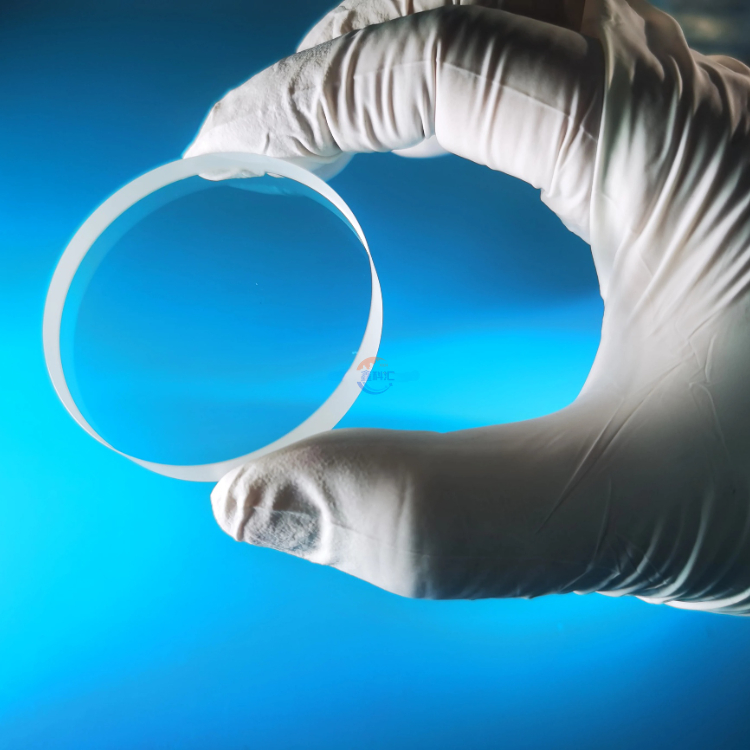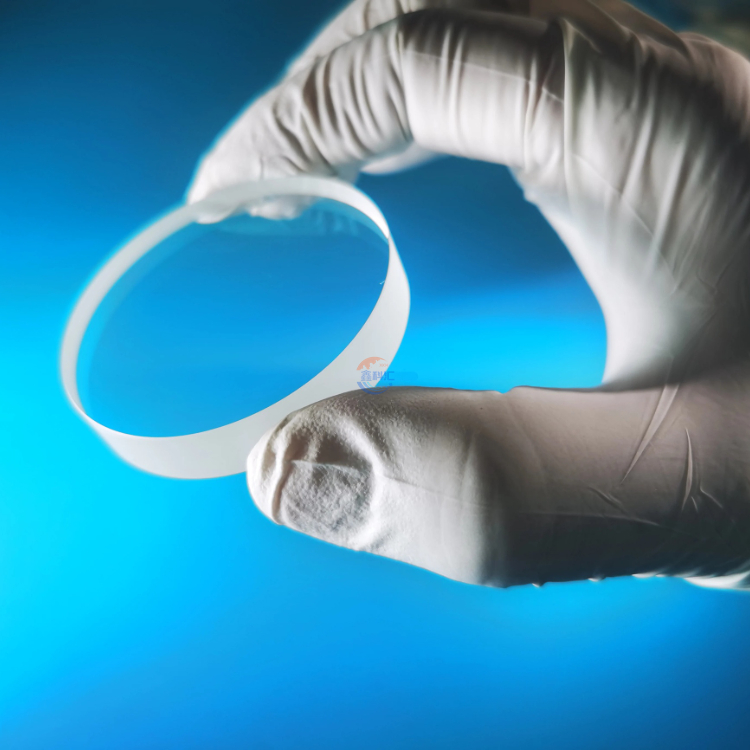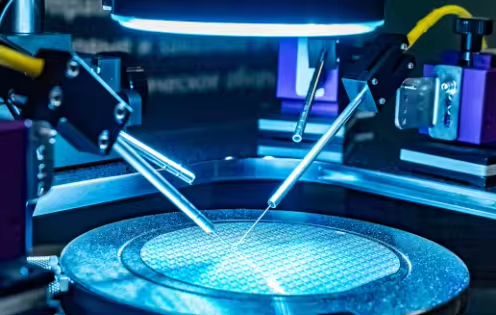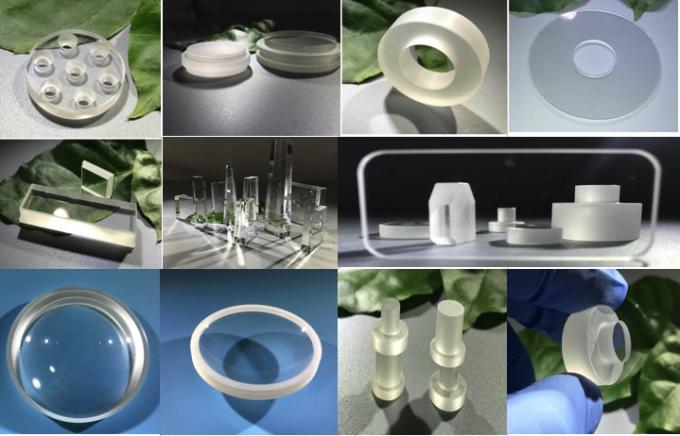Sapphire window is a high-performance optical window made from synthetic sapphire. These windows are known for their exceptional strength, durability, and clarity, making them suitable for a wide range of demanding applications. Here are some key features and uses of sapphire windows:
1. High Hardness: Sapphire is the second hardest material after diamond, which makes sapphire windows highly resistant to scratching and abrasion.
2. Broad Transmission Range: Sapphire windows have excellent optical transmission across a wide spectral range, from ultraviolet (UV) to mid-infrared (IR) wavelengths (about 0.15 to 5.5 micrometers).
3. Thermal Stability: Sapphire can withstand high temperatures, up to around 2000°C, without degrading.
4. Chemical Resistance: Sapphire is chemically inert and resistant to acids and alkalis, making it suitable for harsh chemical environments.
5. Mechanical Strength: The material’s high compressive strength makes it suitable for high-pressure applications.



1. Optical Systems: Sapphire window used in high-precision optics, including lenses, prisms, and other optical components where durability and transparency are crucial.
2. Industrial Equipment: Employed as protective windows in machinery and equipment that require clear viewing while being exposed to harsh conditions, such as in semiconductor manufacturing and aerospace.
3. Medical Devices: Used in endoscopes, lasers, and other medical instruments due to their biocompatibility and ability to withstand sterilization processes.
4. Watch Crystals: Often used in luxury watches for scratch-resistant and clear watch faces.
5. Laser Systems: Serves as output windows and components in high-power laser systems where both optical clarity and durability are required.



The manufacturing process of sapphire windows involves several critical steps, each requiring precise technology and equipment to ensure the final product’s quality and performance. Here are the main steps in the manufacturing process of sapphire windows:
Sapphire Crystal Growth
1. Growth Methods: Common methods include Kyropoulos (KY) method, Czochralski (CZ) method, and Verneuil method.
2. Crystal Purity and Quality: Strict control of temperature, pressure, and raw material purity during the growth process to obtain high-quality sapphire crystals.
Cutting
1. Sawing: Using diamond saw blades to cut large sapphire crystals into sheets of the required thickness.
2. Directional Cutting: Cutting according to the specific crystal axis direction based on the optical and mechanical properties of the crystal to ensure optimal performance.
Rough Machining
1. Grinding: Using coarse diamond grinding wheels to perform rough grinding on sapphire sheets, removing saw marks and uneven surfaces.
2. Fine Grinding: Using finer grinding wheels for fine grinding to further improve surface flatness and smoothness.
Polishing
1. Initial Polishing: Using polishing powder (such as alumina or silica) and polishing pads to perform initial polishing on the sapphire surface to achieve a certain surface smoothness.
2. Fine Polishing: Further polishing to remove fine scratches and defects, achieving a mirror finish. This step requires strict control of polishing time and materials.
Cleaning
1. Ultrasonic Cleaning: Using an ultrasonic cleaner to remove residual polishing agents and particles from the polishing process.
2. Chemical Cleaning: Using specific chemical solvents for cleaning to ensure the sapphire window is free of any contaminants.
Coating (Optional)
1. Anti-Reflective Coating: Coating one or more layers of anti-reflective film on the sapphire window surface to reduce light reflection and improve transmittance.
2. Other Coatings: Depending on specific applications, additional coatings may be applied to enhance optical performance.
Inspection and Quality Control
1. Optical Inspection: Using optical microscopes, interferometers, and other equipment to inspect surface quality, flatness, and optical performance.
2. Mechanical Inspection: Using thickness gauges, roughness meters, and other equipment to check the thickness, flatness, and surface roughness of the sapphire window.
3. Stress Testing: Performing stress tests to ensure the sapphire window does not crack or break during use.
Cutting and Shaping (According to Customer Requirements)
1. Laser Cutting: Using laser cutting equipment to cut the sapphire window into specific shapes and sizes according to customer requirements.
2. Edge Treatment: Chamfering and polishing the edges of the cut sapphire window to prevent chipping or cracking during use.
Packaging and Shipping
1. Clean Packaging: Using clean packaging materials to package the sapphire window, preventing contamination and damage during transportation.
2. Labeling: Marking product specifications, batch numbers, and other information on the packaging according to customer requirements.

By strictly controlling each manufacturing step, the sapphire window can be ensured to have excellent optical and mechanical properties, meeting customer requirements.